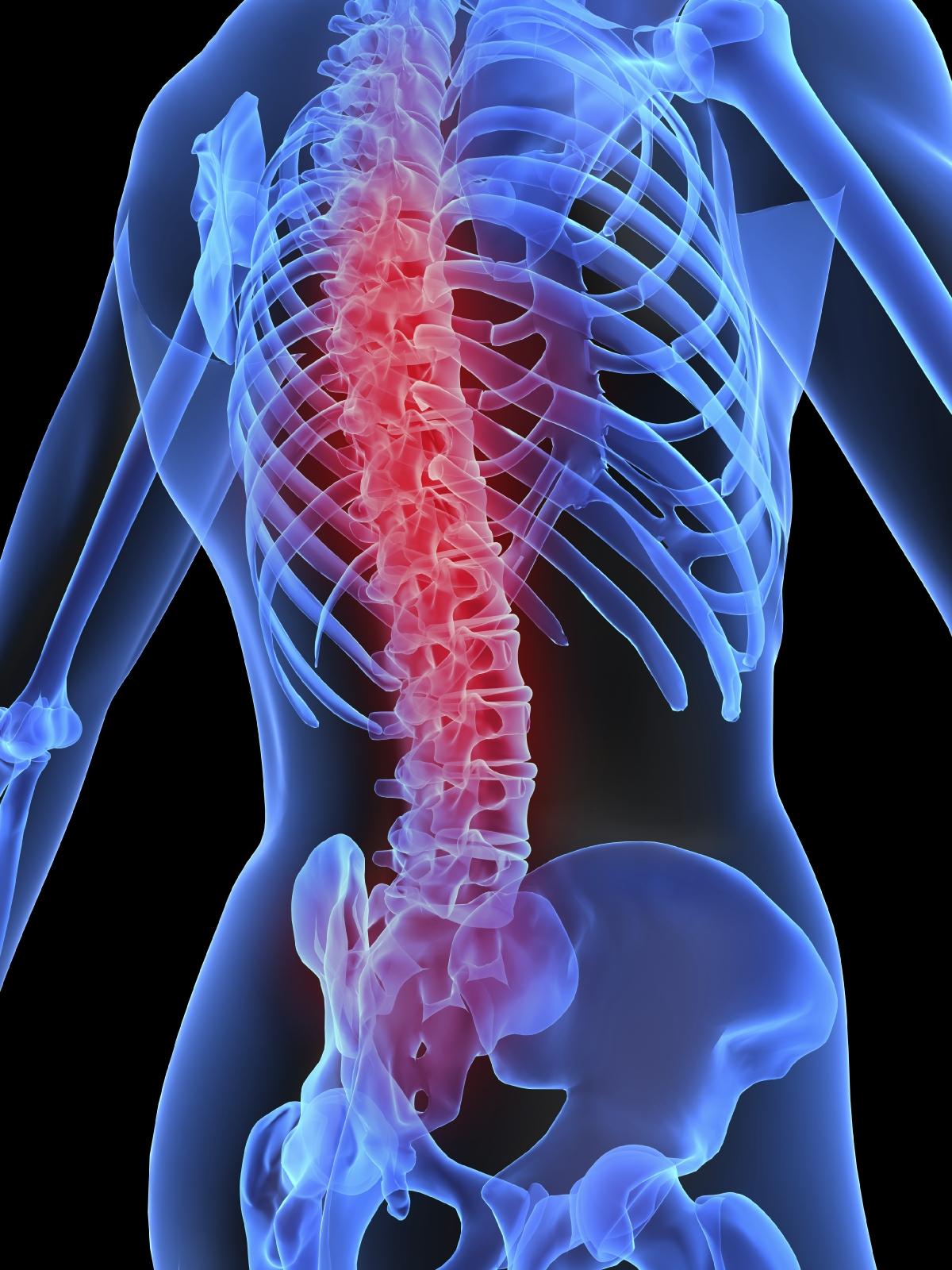How to Test For Osteoporosis

Osteoporosis is a disease which affects the bone mineral density (BMD) in a victim and thus increases the chances of a bone fracture. There are two types of osteoporosis; primary and secondary. In order to test for osteoporosis, the BMD of a patient needs to be determined. BMD, in turn, can be determined using three different techniques; Dual Energy X-ray Absorptiometry, Ultrasound, and CT scan. Keep in mind that diagnosis of osteoporosis can only be made by a proper medical facility such as a hospital or a testing lab.
Instructions
-
1
Dual Energy X-ray Absorptiometry
Dual Energy X-ray Absorptiometry, or DXA, is the quickest, most effective, and reliable technique for diagnosing a patient of osteoporosis by testing bone mineral density (BMD). Two X-ray beams of different energy levels are simultaneously focused on two different parts of the same bone. The level of absorption of each X-ray beam is then determined using the X-ray machine which helps in evaluating the BMD. If the BMD is 2.5 standard deviations below normal, the patient being tested is officially diagnosed with osteoporosis. -
2
Ultrasound
In this technique, a bone is subjected to sound pressure from an ultrasound machine. The heel of the patient being tested is the ideal place for performing an ultrasound. Generally, an ultrasound is performed before Dual Energy X-ray Absorptiometry to determine if X-ray exposure is necessary. The wrist, hip, and spine are the most susceptible body parts. However, the ultrasound technique alone cannot be used to diagnose a patient of osteoporosis, because BMD cannot be determined solely by an ultrasound. -
3
CT scan
A CT scan of the human body is used for a number of purposes. Quantitative Computed Tomography is a special type of CT scan which measures BMD in the spine. Slight modifications can be made to perform Quantitative Computed Tomography on the wrist or other bones in the arm. However, this technique of testing for osteoporosis is very expensive, as compared to the other techniques. For this reason, its use around the world is becoming increasingly uncommon.






